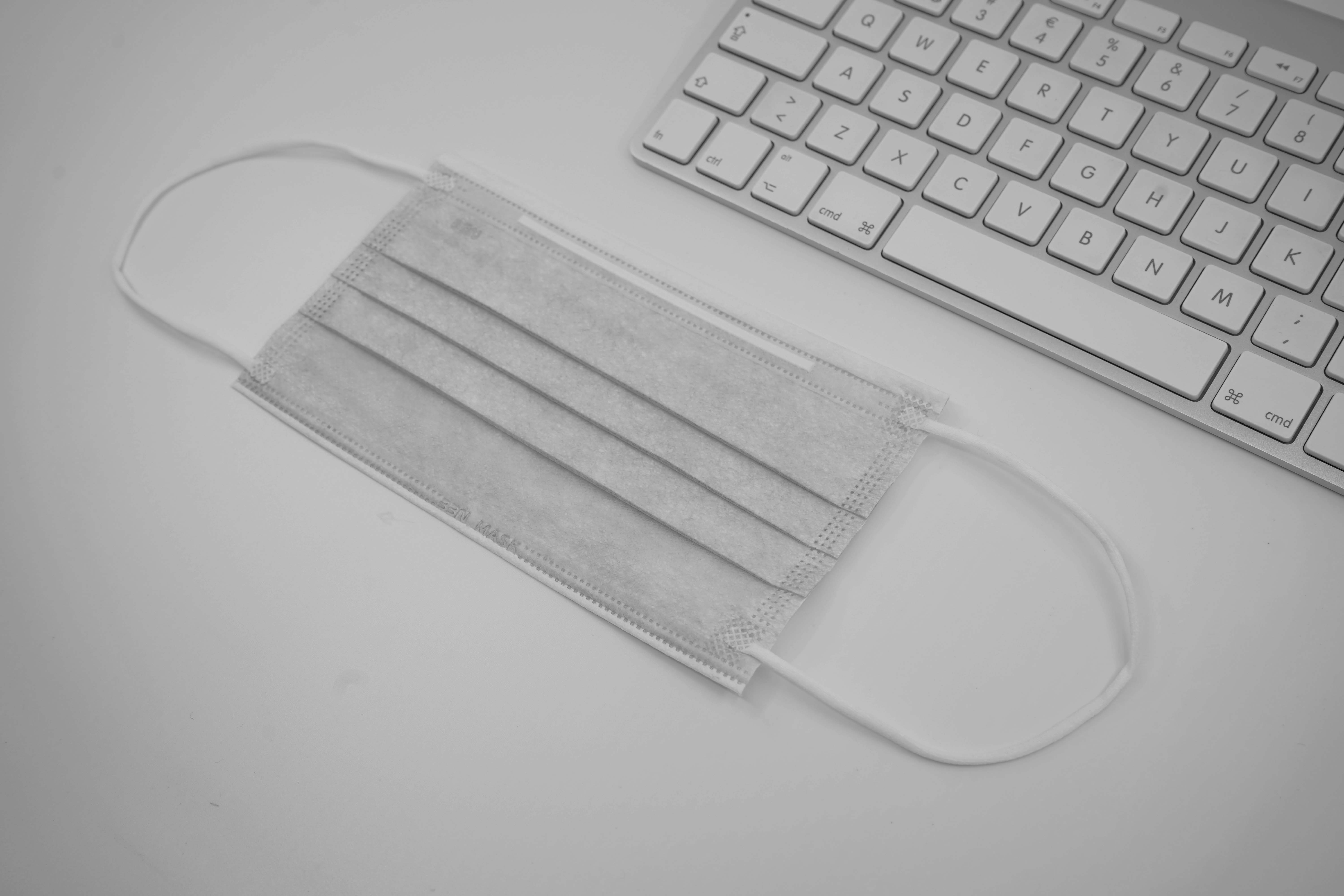The Increased Use of Combined Hearings and Combined Plan and Disclosure Statements in Delaware
Since February 2016, the Local Rules for the United States Bankruptcy Court for the District of Delaware provide for combined hearings on approval of disclosure statements and confirmation of plans and for the use of combined disclosure statement and plans in liquidating chapter 11 cases.
Although combined hearings in such cases occurred prior to the enactment of the new rule, they were relatively rare and often subject to objection. Such objections were largely based upon the limitations in section 1125(f) of the Bankruptcy Code that provides, among other things, that “the court may determine that the plan itself provides adequate information and that a separate disclosure statement is not necessary” and that “the hearing on the disclosure statement may be combined with the hearing on confirmation of a plan” in a small business case. The Code is silent on the process as it relates to non-small business chapter 11 cases.
For example, in In re Corinthian Colleges, Inc., No. 15-10952 (KJC), the Department of Education objected to a combined process arguing that “[a]n integrated plan and disclosure statement is permitted for small business bankruptcies . . . [and] [b]y authorizing a combined disclosure statement and plan for chapter 11 bankruptcies of small businesses, Congress implicitly prohibited them for other chapter 11 bankruptcies.” [D.I. 580]. Similarly in In re Old FOH, Inc., No. 15-10836 (KG), the debtors submitted a combined plan and disclosure statement. In that case, the United States Trustee objected arguing, among other things, that a combined document is ordinarily only appropriate in small business cases. [D.I. 421]. In each case, the court overruled the objections.
Other Judges in the District of Delaware have approved combined hearings on the approval of disclosure statements and the confirmation of chapter 11 plans in non-small business and non-prepacked cases prior to the enactment of the rule. See, e.g., In re Hipcricket, Inc., Case No. 15-10104 (LSS) (Bankr. D. Del. Mar. 31, 2015); In re AFA Investment Inc., Case No. 12-11127 (MFW) (Bankr. D. Del. January 16, 2014); In re Devonshire PGA Holdings, LLC, Case No. 13-12460 (CSS) (Bankr. D. Del. Oct. 16, 2013); In re Rubicon US REIT, Inc., Case No. 10-10160 (BLS) (Bankr. D. Del. June 21, 2010).
Now a combined process, including the use of a combined document containing the plan and disclosure statement, is expressly contemplated by Local Rule 3017-2 which provides as follows:
(a) Applicability. This Local Rule shall be applicable to all cases arising under chapter 11 of the Code where the following requirements are met:
(i) All or substantially all of the assets of the debtor[s] were or will be liquidated pursuant to a sale under 11 S.C. § 363; and
(ii) The plan of liquidation proposes to comply with section 1129(a)(9) of the Code; and
(iii) The plan of liquidation does not seek non-consensual releases/injunctions with respect to claims creditors may hold against non-debtor parties; and
(iv) The debtor’s combined assets to be distributed pursuant to the proposed plan of liquidation are estimated, in good faith, to be worth less than $25 million (excluding causes of action).
(b) Combined Disclosure Statement and Plan of Liquidation. A plan proponent may combine the disclosure statement and plan of liquidation into one document.
Since the enactment of Local Rule 3017-2, the use of combined plan and disclosure statements and/or combined hearings appear to have increased, particularly in liquidating cases with assets less than $25 million. See, e.g., In re SDI Solutions LLC, Case No. 16-10627 (CSS) (Bankr. D. Del. May 24, 2016); DNIB Unwind, Inc. (f/k/a BIND Therapeutics, Inc., et al., Case No. 16-11084 (BLS) (Bankr. D. Del. Sept. 26, 2016).
Proponents of the combined process contend that it is more streamlined, less expensive, and quicker. See, e.g., In re JMO Wind Down, Inc., Case No. 16-10682 (BLS) [D.I. 320]. The author predicts that practioners in the District of Delaware will continue to increasingly take advantage of the combined process in the right cases due to the enactment of Local Rule 3017-2.
As the law continues to evolve on these matters, please note that this article is current as of date and time of publication and may not reflect subsequent developments. The content and interpretation of the issues addressed herein is subject to change. Cole Schotz P.C. disclaims any and all liability with respect to actions taken or not taken based on any or all of the contents of this publication to the fullest extent permitted by law. This is for general informational purposes and does not constitute legal advice or create an attorney-client relationship. Do not act or refrain from acting upon the information contained in this publication without obtaining legal, financial and tax advice. For further information, please do not hesitate to reach out to your firm contact or to any of the attorneys listed in this publication.
Join Our Mailing List
Stay up to date with the latest insights, events, and more



